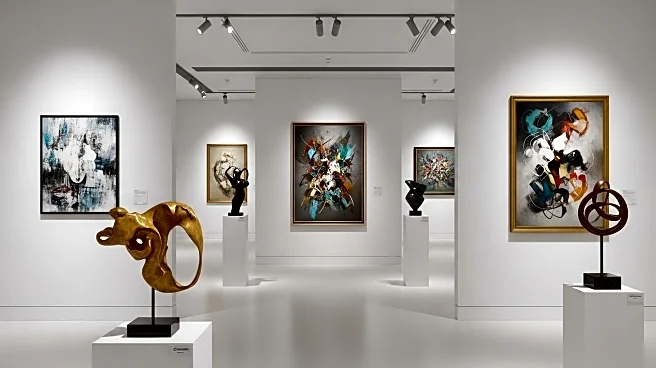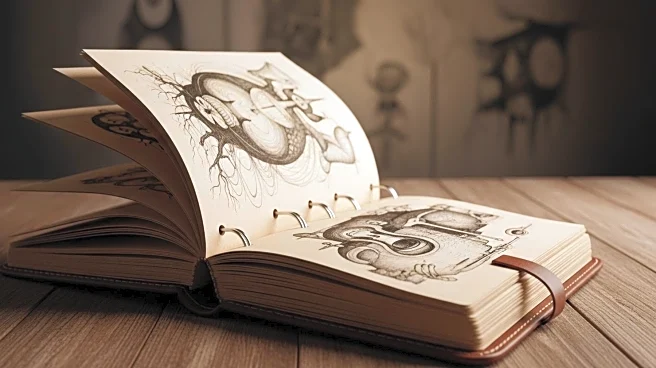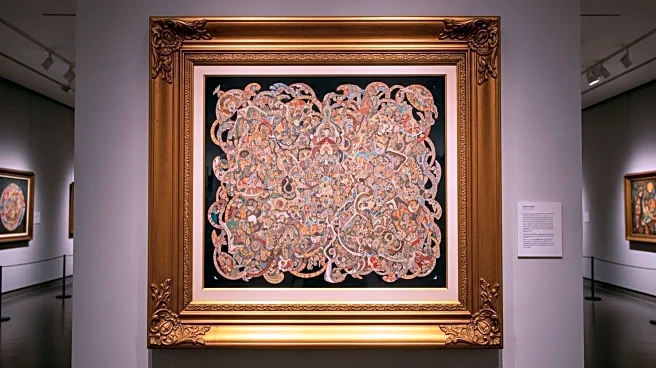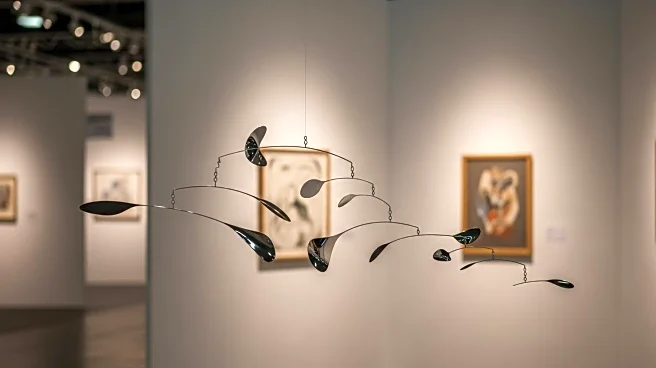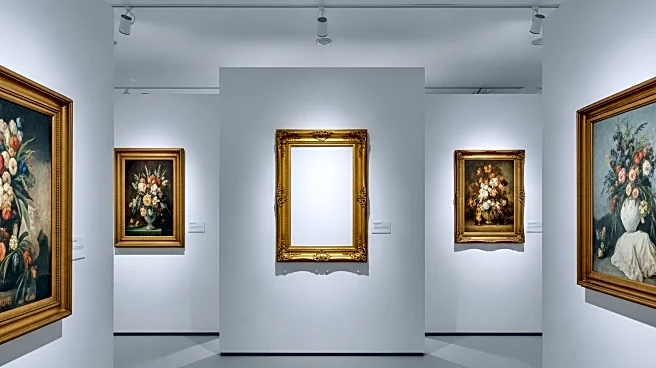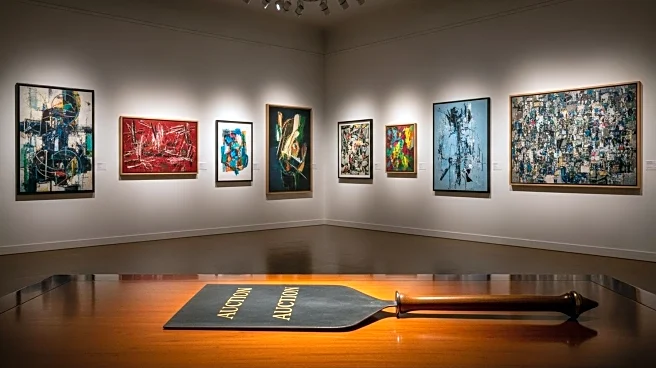What's Happening?
Art advisory firms are experiencing growth as major auction houses face challenges in a bearish market. Former auction house executives are establishing 'super advisories' that operate with lower overheads and offer personalized services. Notable figures such as Amy Cappellazzo and Patti Wong have transitioned from auction houses to advisory roles, leveraging their extensive networks and expertise. These firms are increasingly collaborating and expanding into new regions, including the Middle East, to capitalize on emerging opportunities.
Why It's Important?
The shift towards art advisory firms reflects changes in the art market dynamics, where personalized service and expertise are becoming more valued. This trend impacts auction houses, which are losing experienced staff and facing increased competition from nimble advisories. The growth of advisory firms could lead to more efficient art transactions and potentially reshape the art market landscape. Collectors and investors may benefit from tailored advice, while auction houses might need to adapt to maintain their relevance.
What's Next?
Art advisory firms are likely to continue expanding their reach and services, particularly in regions with growing art markets like the Middle East. As they collaborate and form consortiums, they may enhance their ability to serve global clients. Auction houses may need to innovate and offer more personalized services to compete effectively. The increasing role of family offices in art investment could further drive demand for specialized advisory services.
Beyond the Headlines
The rise of art advisory firms highlights a broader trend of professionalization within the art market. As these firms offer comprehensive services beyond buying and selling, they contribute to the evolving ecosystem of art investment and management. Ethical considerations, such as transparency in advisory fees and practices, may become more prominent as the industry grows.

